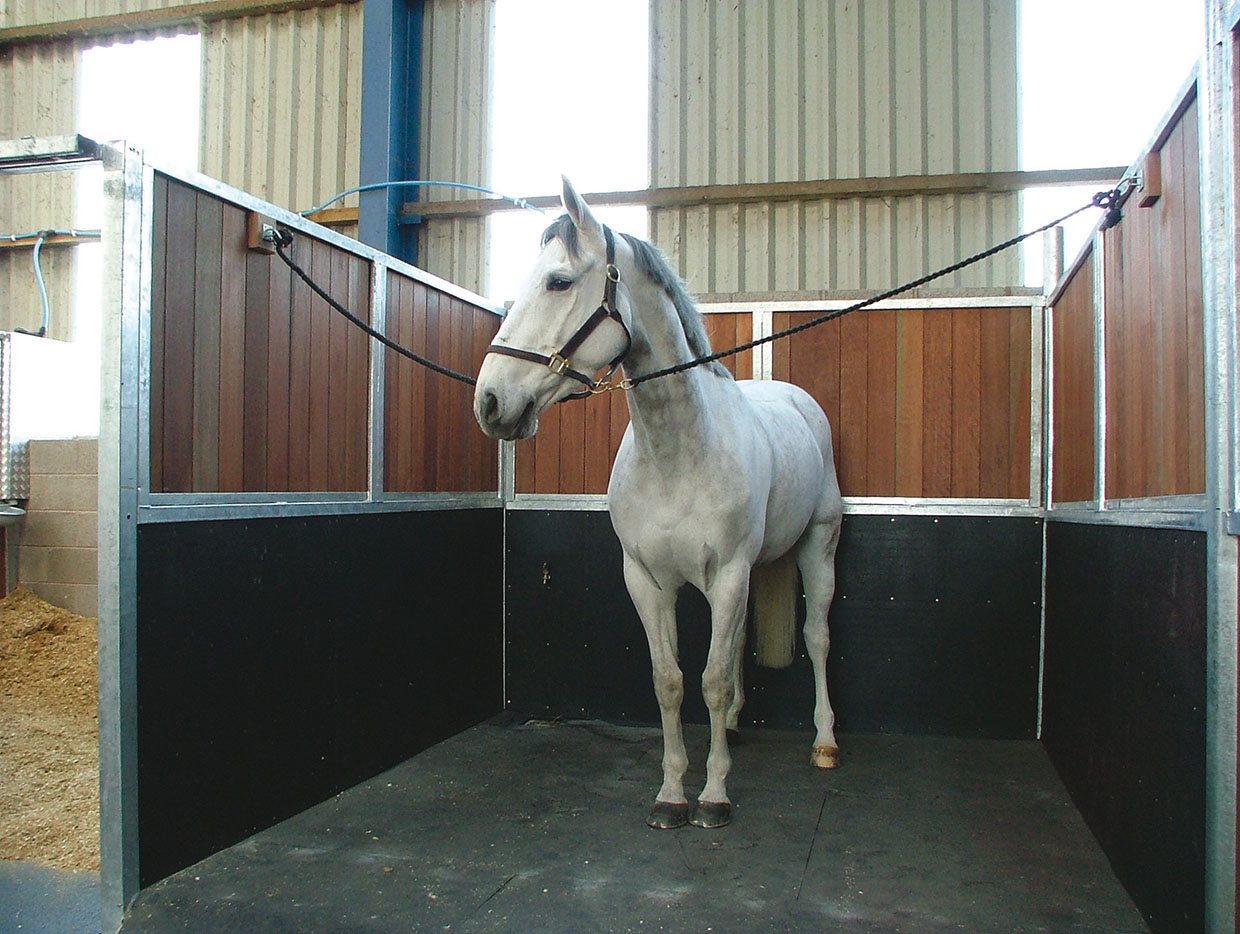How do anti-fatigue mats work?
Risks of standing for prolonged periods
To understand how our anti-fatigue mats work, it is important to know about the risks of standing on hard a floor in the workplace for prolonged periods, which aside from the inevitable fatigue and tiredness from having to stand all day, includes a number of health risks, as our circulatory system is put under pressure and blood flow is greatly reduced, as well as increased risk of damaged joints, orthopaedic foot problems and back, hip and neck pain, which can ultimately lead to rheumatic diseases. To find out more about the benefits of anti-fatigue mats, please find it on our blog page.
How do anti-fatigue mats work?
Our anti-fatigue mats work by providing a softer, more cushioned surface to stand, which encourages regular feet movement, where each foot subtly adapts to the cushioned surface, which in turn encourages micro-movements in the calf and leg muscles. The movements mean that your venous pumps are more active, assisting with blood circulation by pumping blood back up to your heart, rather than pooling in your lower limbs and causing discomfort. It also increases the amount of oxygen reaching the heart and fatigue is greatly reduced.
The need for anti-fatigue mats
In addition, standing for more than 90 minutes at any one time on a cold, hard or concrete floor can lead to discomfort and pain in the muscles, particularly in your legs and feet, as well as tension in the neck and shoulders and, though it may be surprising, standing can be harder on your body than anything else! This is because the body is designed to move, so staying still for long periods of time is detrimental to both your body and your health. Our anti-fatigue mats can assist in reducing this stress on your body by working to keep you slightly off balance, which, although almost unnoticeable, is enough to keep you adjusting your feet and avoid being stood in a static position for prolonged periods. This allows you to evenly distribute the pressure caused by standing up across both legs, aiding better posture, blood circulation and reduced stress on joints, and ultimately assists to reduce fatigue and improve overall health.
The research behind anti-fatigue mats
Though it may seem hard to believe that these small changes to the surface that you are stood on can make such an impact, scientific research has shown that anti-fatigue matting can correct balance and distribute the pressure from standing, which substantially assists to reduce fatigue and its symptoms. In addition, a workplace study by Professor Redha Taiar, director of the Biomedical Laboratory of Reims University, in France, looked at, among other things, how the human body adjusted naturally to maintain balance and the pressure points of the feet when standing. Professor Redha Tajar identified a number of causes of physical fatigue, which included when we stand upright for a long time, our muscles, although exhausted, continue working automatically, ultimately causing them to ache. Workers participating in his study confirmed that at the end of their days, their legs felt less fatigued, with fewer muscular and joint aches than when the workers had been standing on anti-fatigue mats, so surely it’s a no-brainer!
Get in touch
Our anti-fatigue mats create a more comfortable, safer and healthier workplace for those required to stand in a static position, on a hard floor, for long periods of time and it is easy to see why so many people agree that they feel more comfortable and less fatigued when using anti-fatigue mats. If you’re still not convinced, or have any questions you would like to ask one our team members, please don’t hesitate to contact us!






